Home>Ideas and Tips>Indoor Jade Plant Care: Crassula Ovata Growing Tips
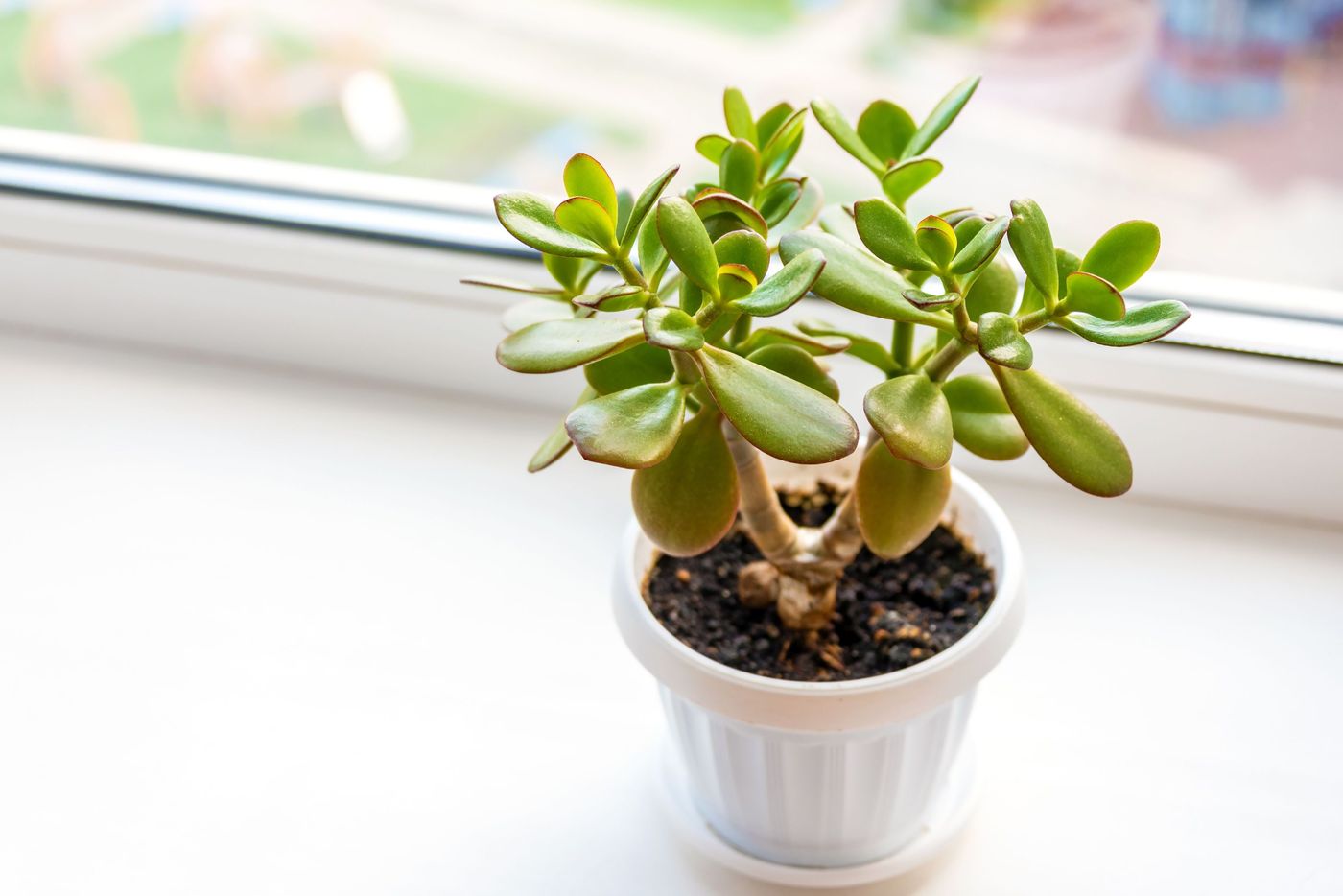

Ideas and Tips
Indoor Jade Plant Care: Crassula Ovata Growing Tips
Published: September 3, 2024
Discover essential tips for indoor jade plant care, including lighting, watering, soil, and propagation to keep your Crassula ovata thriving.
(Many of the links in this article redirect to a specific reviewed product. Your purchase of these products through affiliate links helps to generate commission for Storables.com, at no extra cost. Learn more)
The jade plant, scientifically known as Crassula ovata, is a popular and low-maintenance houseplant that has been a favorite among gardeners and home decor enthusiasts for decades. Native to South Africa, this succulent sub-shrub is known for its attractive, fleshy leaves and thick stems that can grow into a bonsai-like tree. In this article, we will delve into the detailed care and growing tips for your indoor jade plant to ensure it thrives for years to come.
Understanding the Jade Plant
Before we dive into the care tips, it's essential to understand the basics of the jade plant. Crassula ovata is often referred to as the money plant or friendship plant due to its supposed ability to bring good fortune and prosperity. It is a member of the Crassulaceae family and is sometimes listed under the name Crassula argentea. The plant's name comes from the Latin word "crassus," meaning "thick," which refers to its thick leaves and stems that store water, making it a hardy and adaptable houseplant.
Physical Characteristics
The jade plant has several distinctive physical characteristics that make it a stunning addition to any home. It has rounded, fleshy, glossy leaves that are typically jade green in color. These leaves can develop a red tinge around the edges when exposed to high light levels. The new stems of the plant have the same color and texture as the leaves but become brown and woody as they age and the plant grows larger.
Varieties
While the standard Crassula ovata is widely available, there are several varieties that offer unique characteristics. Some popular varieties include:
- Bronze Beauty: This variety has tubular, small coppery/green leaves and is extremely slow-growing.
- California Red Tip: This variety has foliage tinged with purple/red when grown in full sun.
- Gollum: This variety has more tubular-shaped, almost finger-like leaves with a reddish hue.
- Sunset: This variety has striking green leaves variegated with cream/white and pinkish-red.
- Tricolor: A chimeral variety adorned with pointed rather than rounded leaves of a creamy white and rose striated foliage that blooms in gradations of pink and white.
- Variegata: This variety sports bicolor leaves of cream and green.
Choosing the Right Environment
To keep your jade plant healthy and thriving, it's crucial to provide it with the right environment. Here are some key factors to consider:
Lighting
Jade plants prefer bright, sunny spots but can tolerate darker conditions. Ideally, place your jade plant in an east-, south-, or west-facing window to ensure it receives at least four hours of direct sunlight. If your room is dark or you don't have a sunny window, you can use an LED grow light to supplement the natural light. Rotate your jade plant every so often to help it grow straight and even, preventing it from becoming lopsided.
Temperature
Jade plants are comfortable in average home temperatures ranging from 65°F to 75°F (18°C to 24°C). Avoid placing your plant near heating vents or air conditioning units, as sudden temperature changes can be detrimental.
Humidity
Jade plants are relatively tolerant of dry air and can thrive in average home humidity levels. There's no need to worry about maintaining high humidity levels, making them an excellent choice for indoor spaces.
Soil Requirements
Jade plants require well-draining soil to prevent root rot, which is a common problem when succulents are overwatered. Here are some tips for choosing the right soil:
- Use a Succulent Compost: Plant your jade plant in a peat-free cactus or succulent compost, or a soil-based compost with some grit to improve drainage.
- Add Grit or Sand: Mix in some grit or sand to the soil to enhance drainage and prevent waterlogging.
- Avoid Clay Soil: Jade plants do not thrive in clay soil, which can retain too much water and cause root rot.
Watering Tips
Watering is one of the most critical aspects of caring for a jade plant. Here are some guidelines to follow:
- Water Sparingly: Water your jade plant sparingly, allowing the soil to dry out completely between waterings. Overwatering is the surest way to kill a jade plant.
- Check Soil Moisture: Poke your finger into the soil to check its moisture level. If the soil sticks to your finger, it's not time for water yet. Wait a few more days before watering again.
- Increase Frequency with Light: If your jade plant is placed in a brighter location, you may need to water it more frequently. However, always ensure the soil has dried out completely before the next watering.
- Avoid Standing Water: Make sure to dump out any standing water in the saucer beneath the pot to prevent root rot.
Fertilizing
Fertilizing your jade plant is essential for its growth and health. Here are some tips:
- Use a Balanced Fertilizer: Feed your jade plant with a balanced liquid feed during the growing season from late spring to late summer. This will provide it with the necessary nutrients for healthy growth.
- Avoid Overfertilizing: Do not overfertilize your jade plant as this can cause more harm than good. Stick to the recommended schedule and amount of fertilizer.
Repotting
Jade plants are slow growers and do not need to be repotted frequently. Here are some guidelines for repotting:
- Repot Every Few Years: Repot your jade plant every three to four years in the spring when it becomes root-bound. Use a slightly larger pot and fresh, well-draining soil.
- Choose the Right Time: Spring is the best time to repot your jade plant as it is during its active growth phase.
Propagation
Propagating a jade plant is relatively easy and can be done through stem cuttings. Here’s how you can propagate a jade plant:
- Cut Off a Stem: Cut off a small piece of stem from the mother plant, making sure each cutting has at least two nodes (the joint where the leaf meets the stem).
- Allow to Dry: Let the cut end dry out for a few days to form a callus, preventing it from rotting when planted in damp soil.
- Plant in Soil: Plant the cutting in a pot of damp potting soil. Keep the soil slightly moist as the cutting roots, which can take a few weeks.
Common Problems
Despite its hardy nature, the jade plant can still face some common problems. Here are some issues you might encounter and how to address them:
- Overwatering: Overwatering is the most common cause of death for jade plants. Symptoms include leaf crinkling, loss, and rot. To prevent this, ensure the soil has dried out completely between waterings.
- Sun Scorch: Extreme heat or direct sun can cause surface burns and leaf loss. Move your plant to a shadier spot if you notice these symptoms.
- Underwatering: Underwatering can cause leaves to become overly soft and flexible. Increase the frequency of watering if you notice this symptom.
- Pests: Mealy bugs can infest your jade plant, causing white masses in the crooks of leaves. Remove these pests with alcohol-soaked cotton swabs.
Read more: Jade Plant Care: At-Home Tips and Tricks
Toxicity
While jade plants are not toxic to humans, they are toxic to cats and dogs. If ingested, they can cause vomiting, depression, and incoordination. Keep your jade plant out of reach of pets to avoid any potential harm.
Conclusion
The jade plant is an excellent choice for anyone looking to add a low-maintenance yet visually appealing houseplant to their collection. By following these care tips—choosing the right environment, using well-draining soil, watering sparingly, fertilizing occasionally, repotting every few years, propagating through stem cuttings, and being aware of common problems—you can ensure your jade plant thrives for years to come. Whether you're a seasoned gardener or just starting out with houseplants, the jade plant is an ideal choice that promises to bring beauty and longevity to your indoor space.
Was this page helpful?
At Storables.com, we guarantee accurate and reliable information. Our content, validated by Expert Board Contributors, is crafted following stringent Editorial Policies. We're committed to providing you with well-researched, expert-backed insights for all your informational needs.
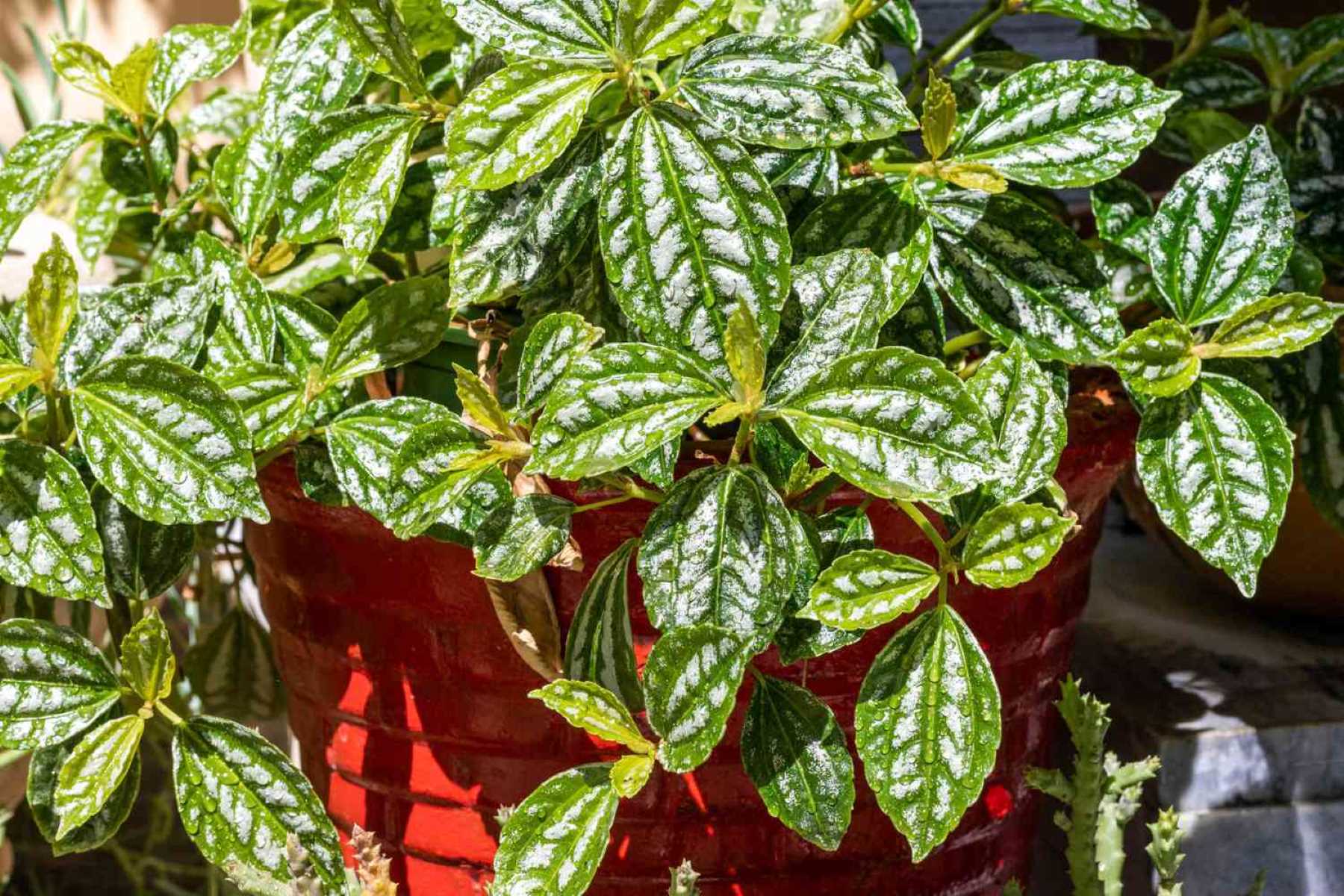
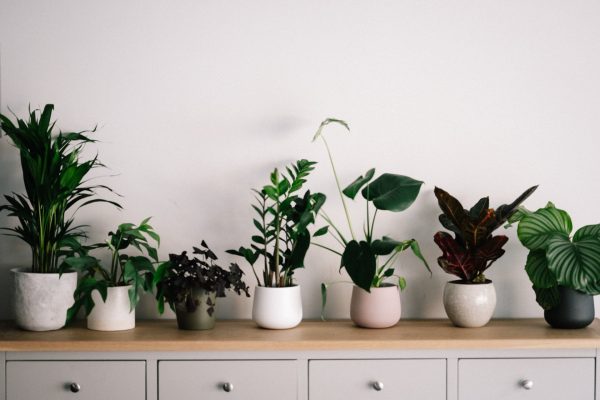
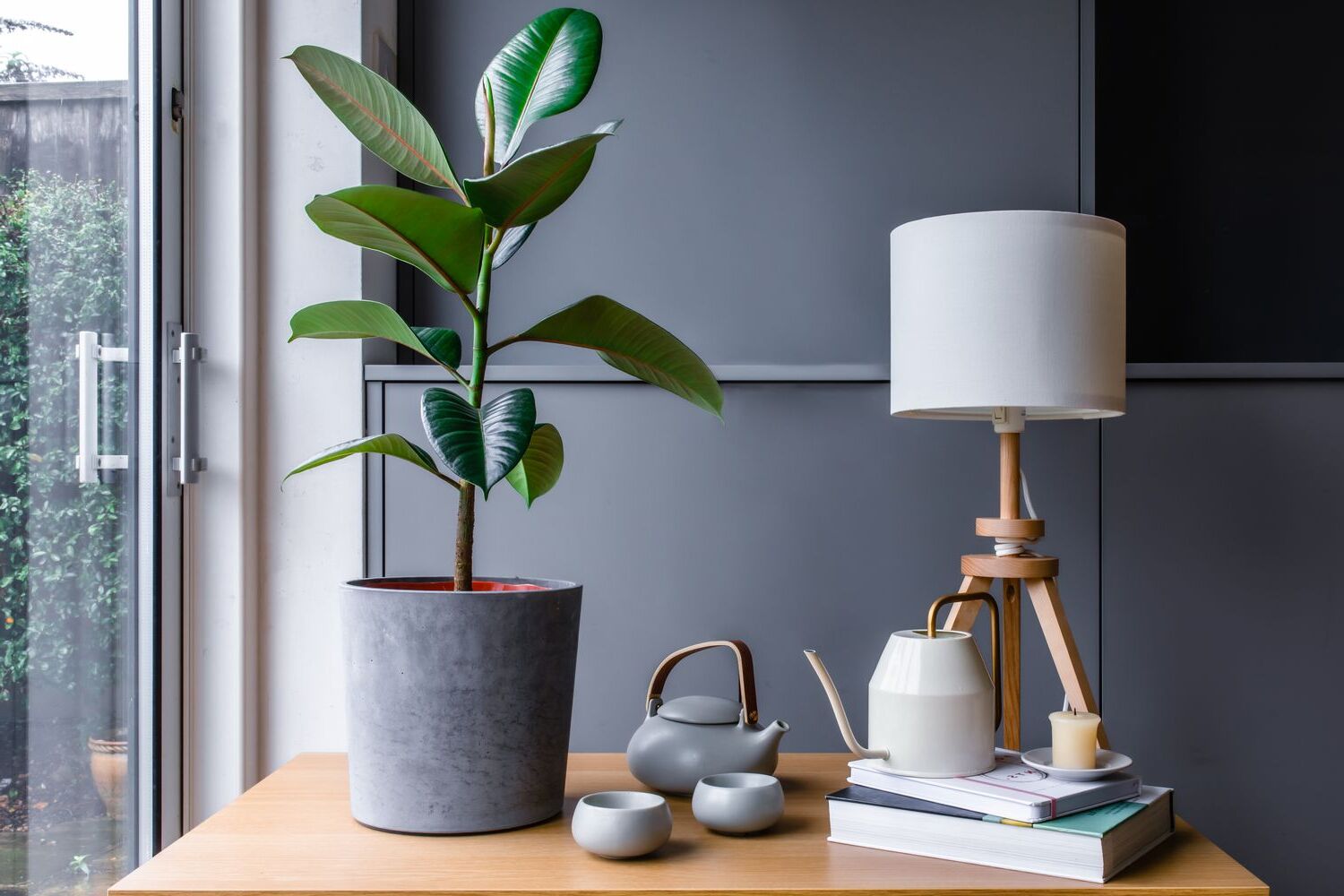
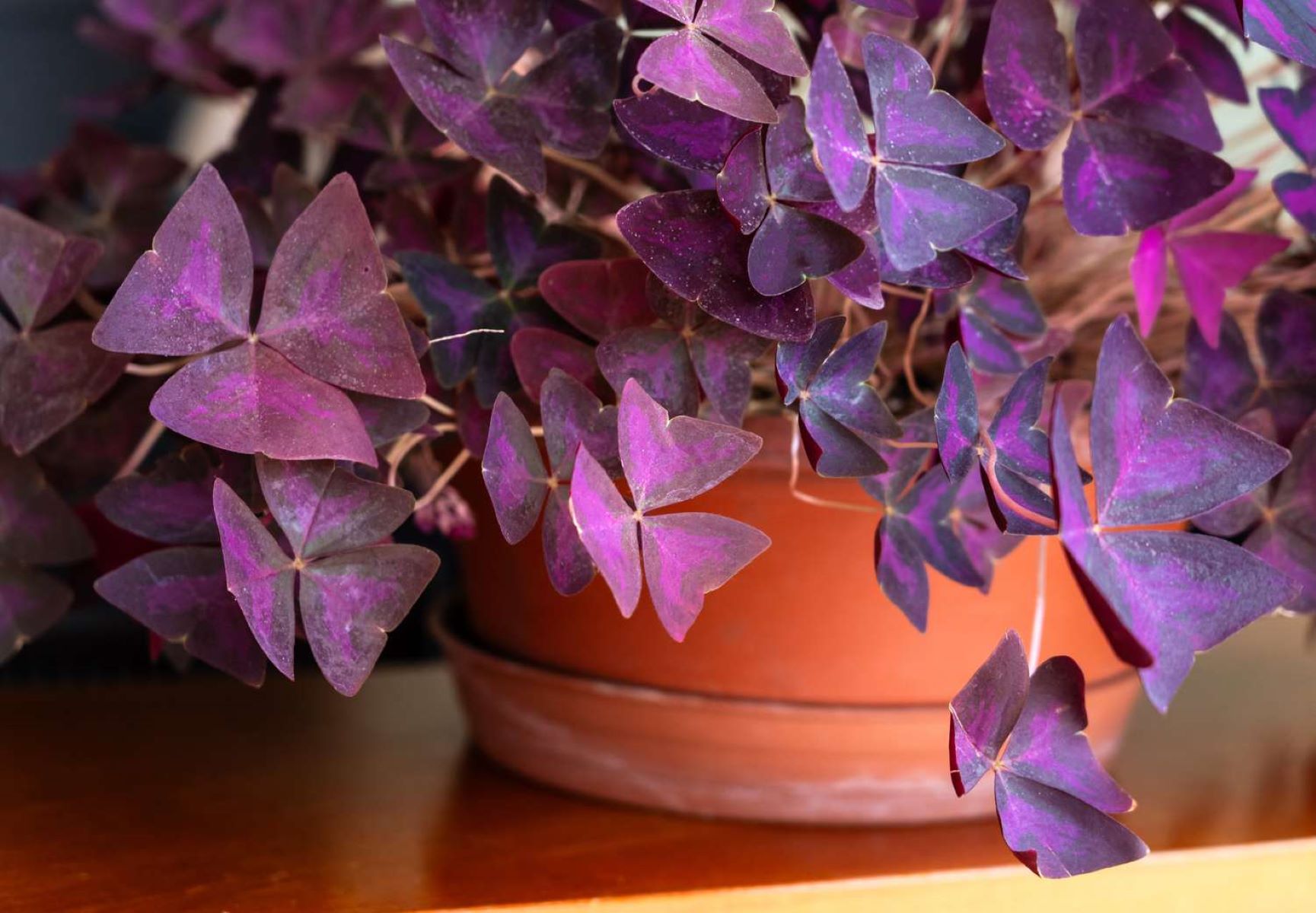
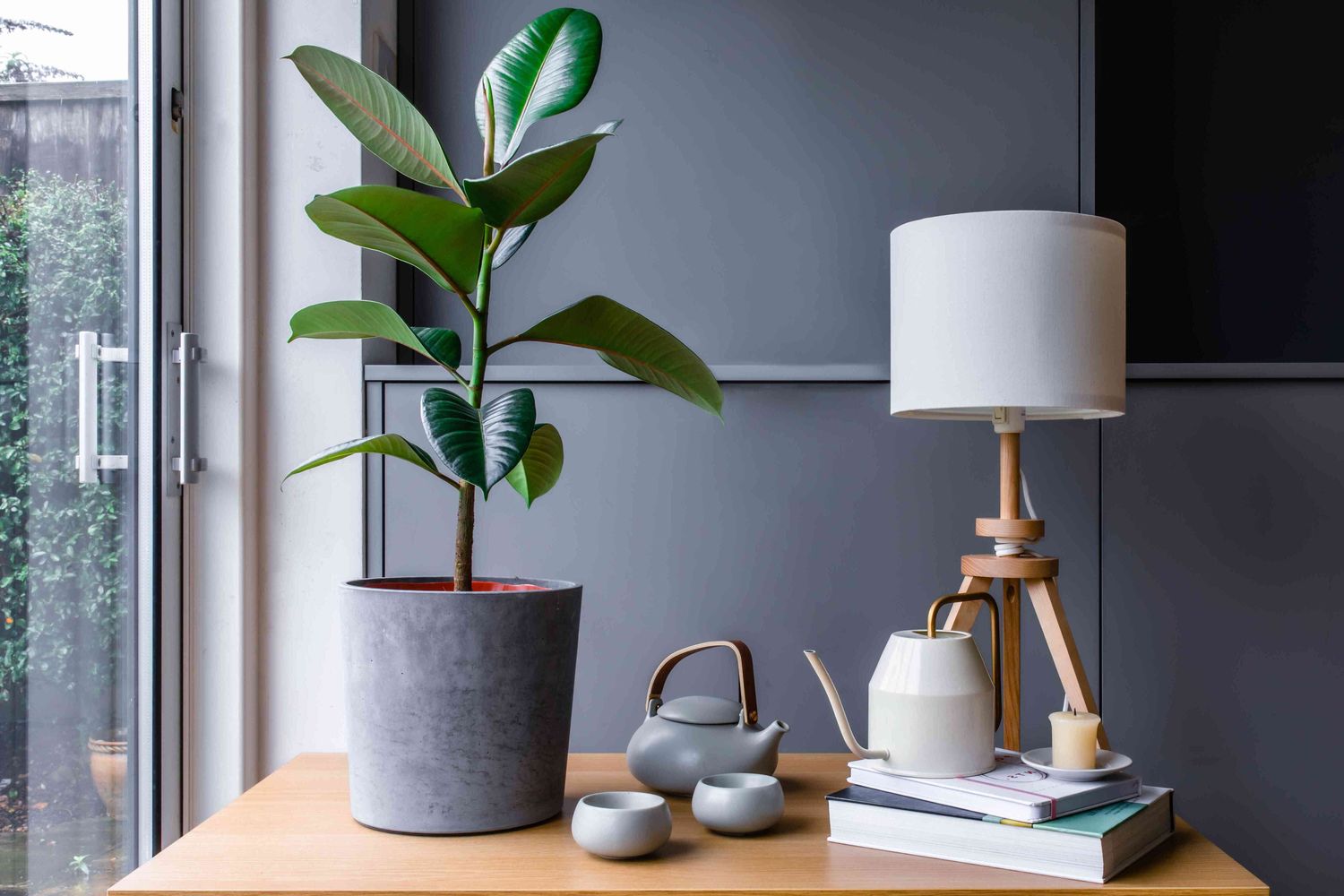
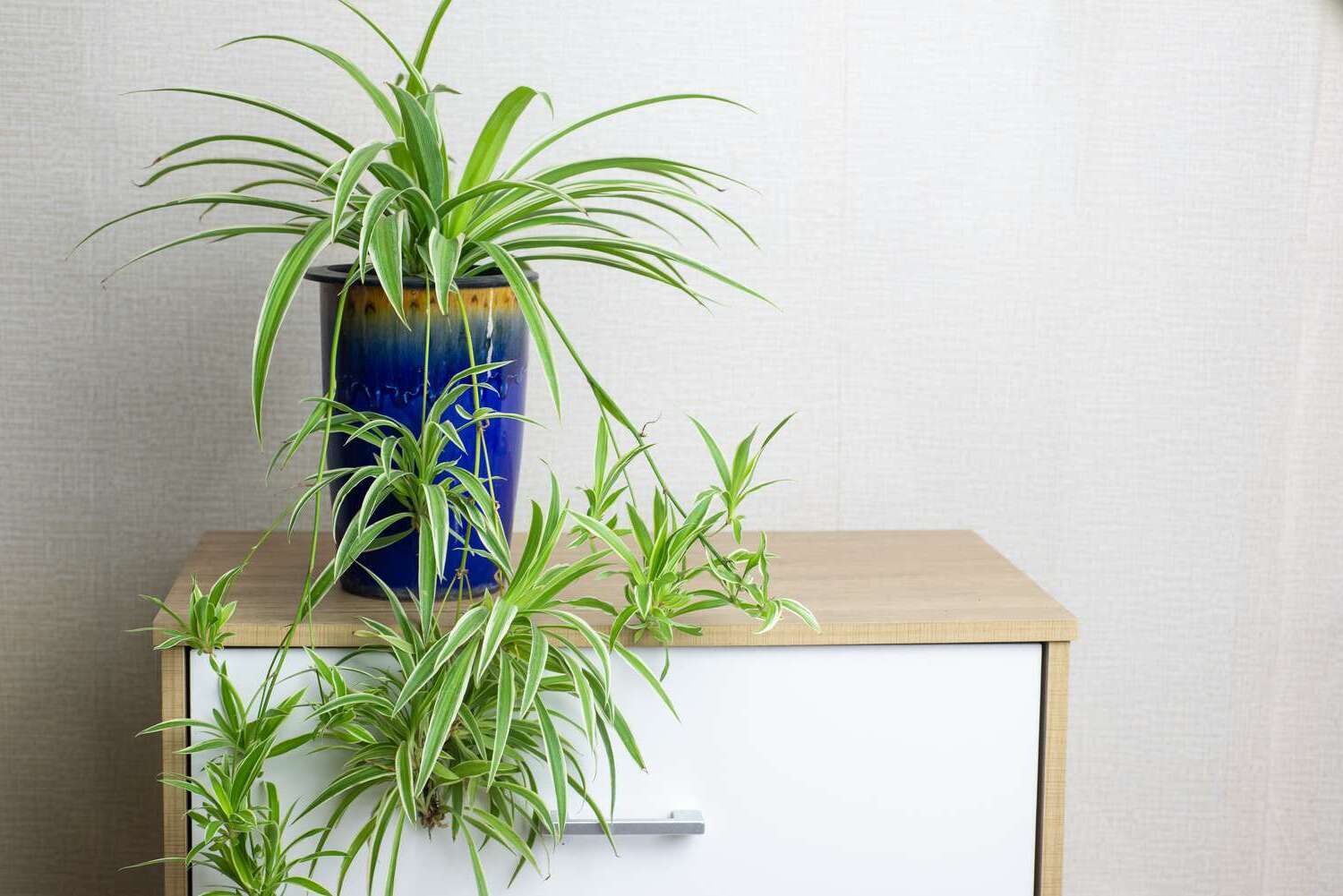
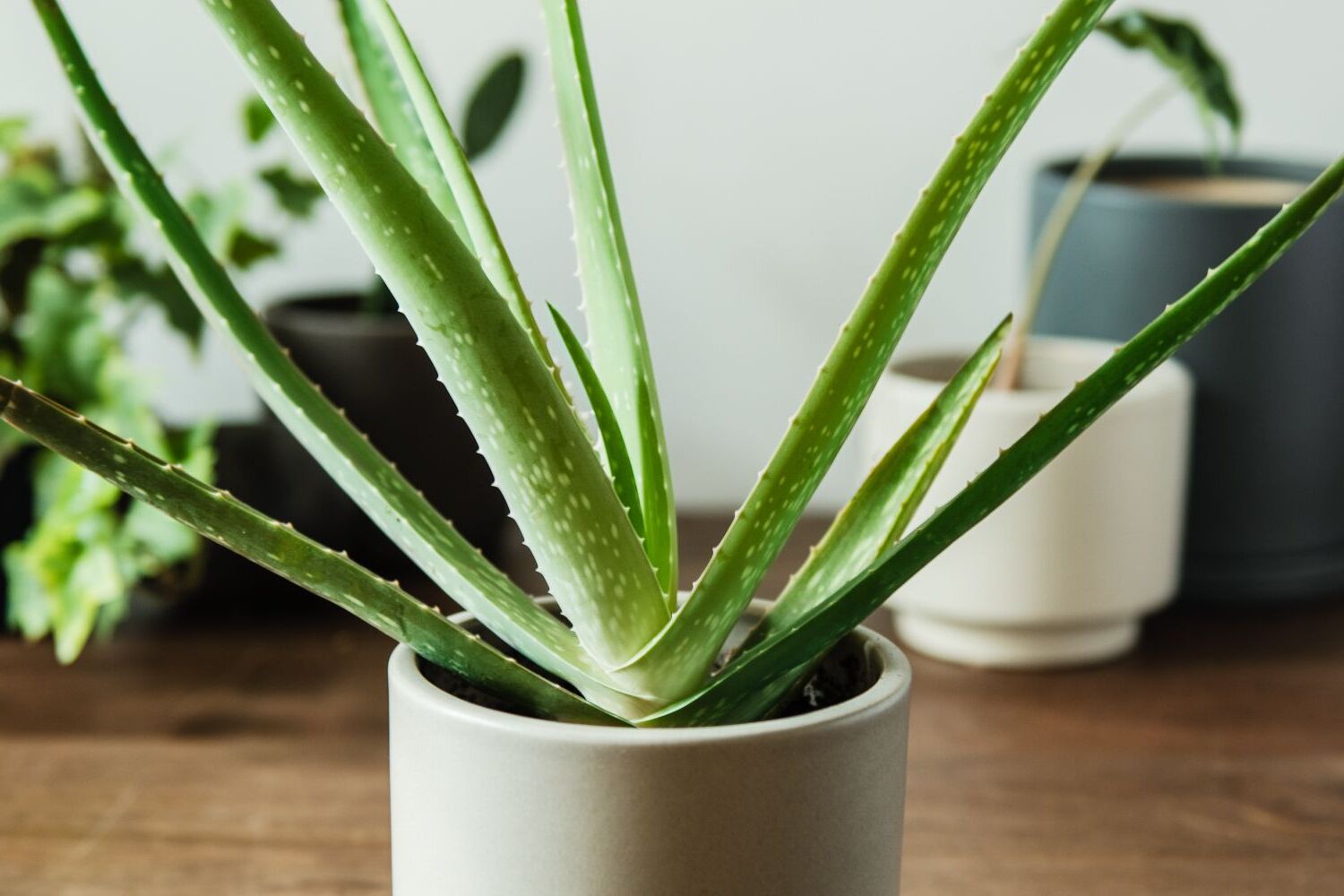
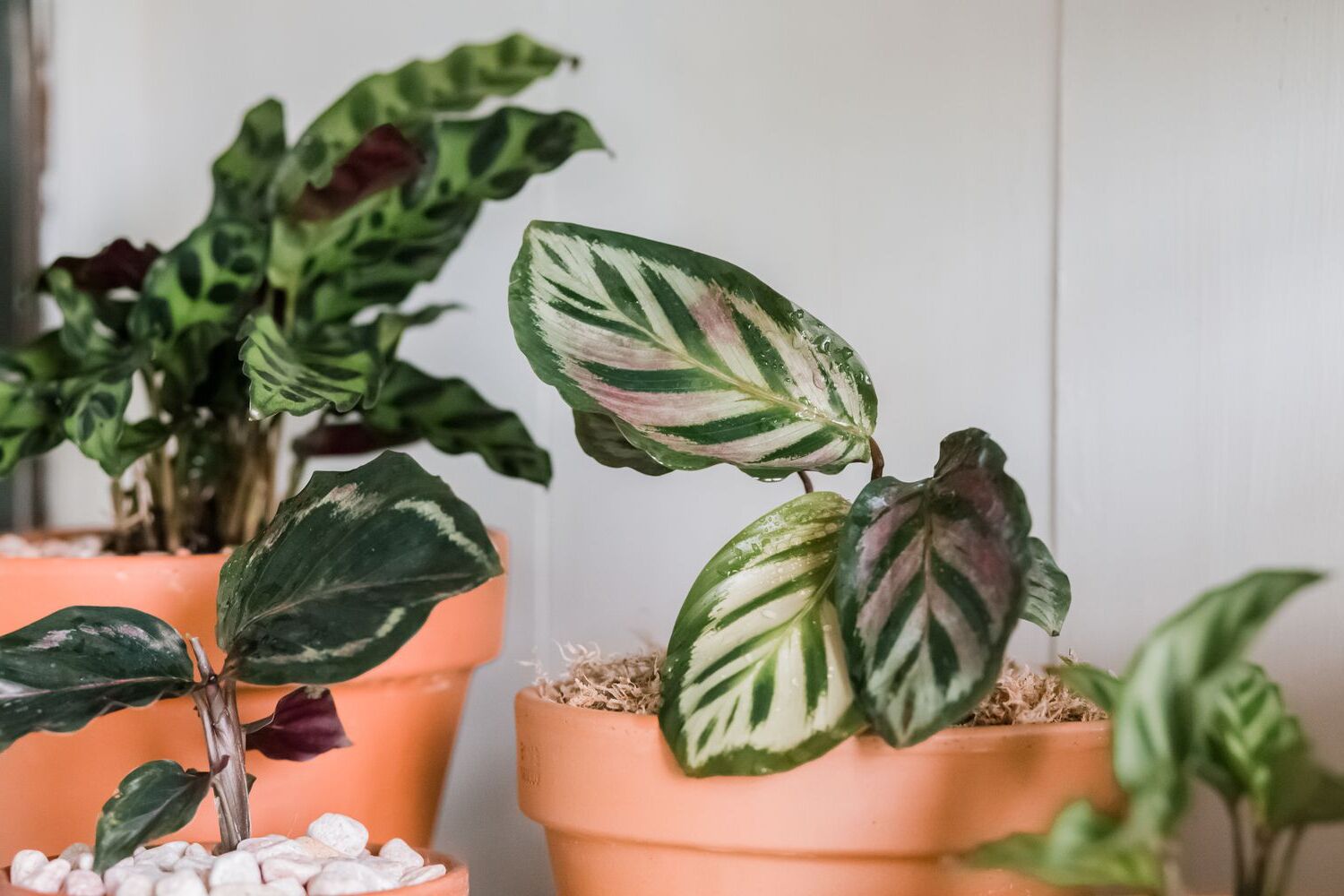
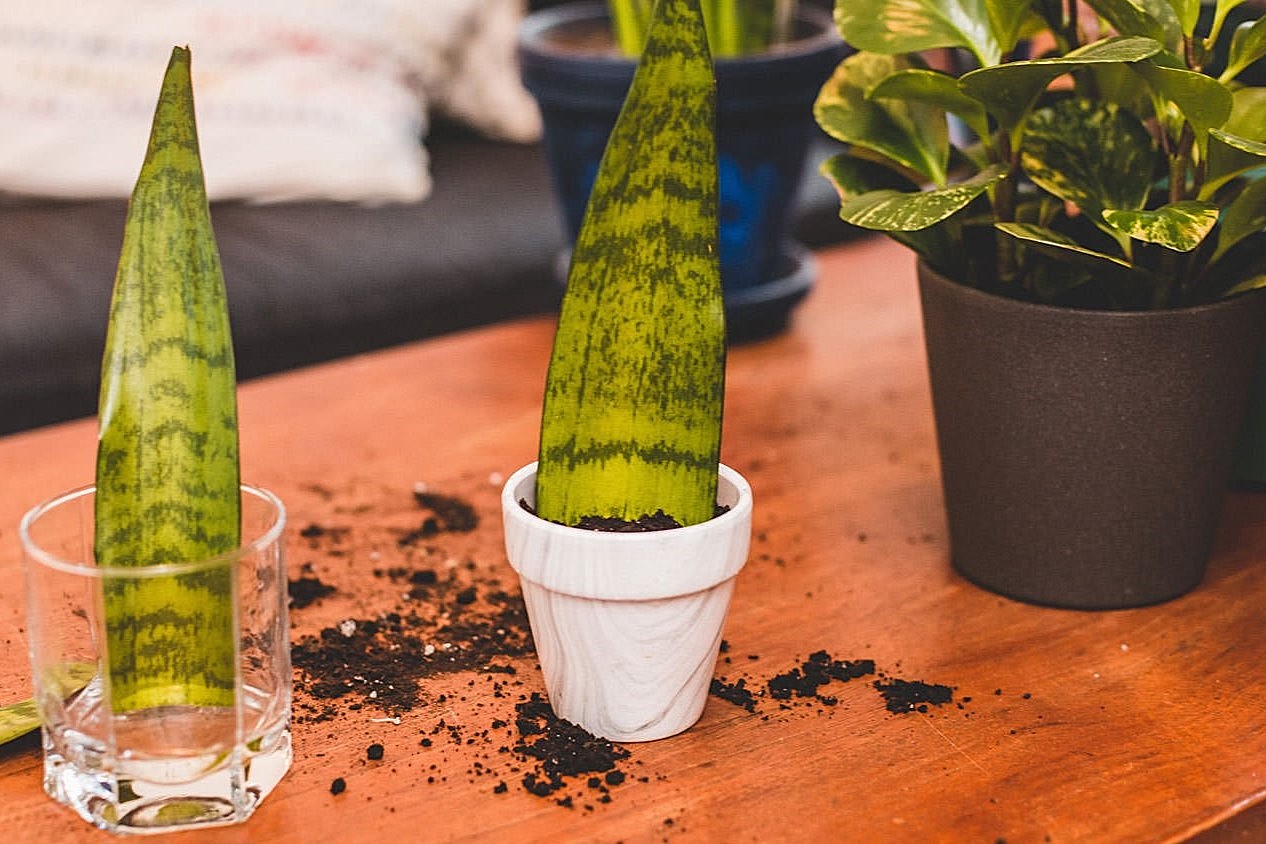
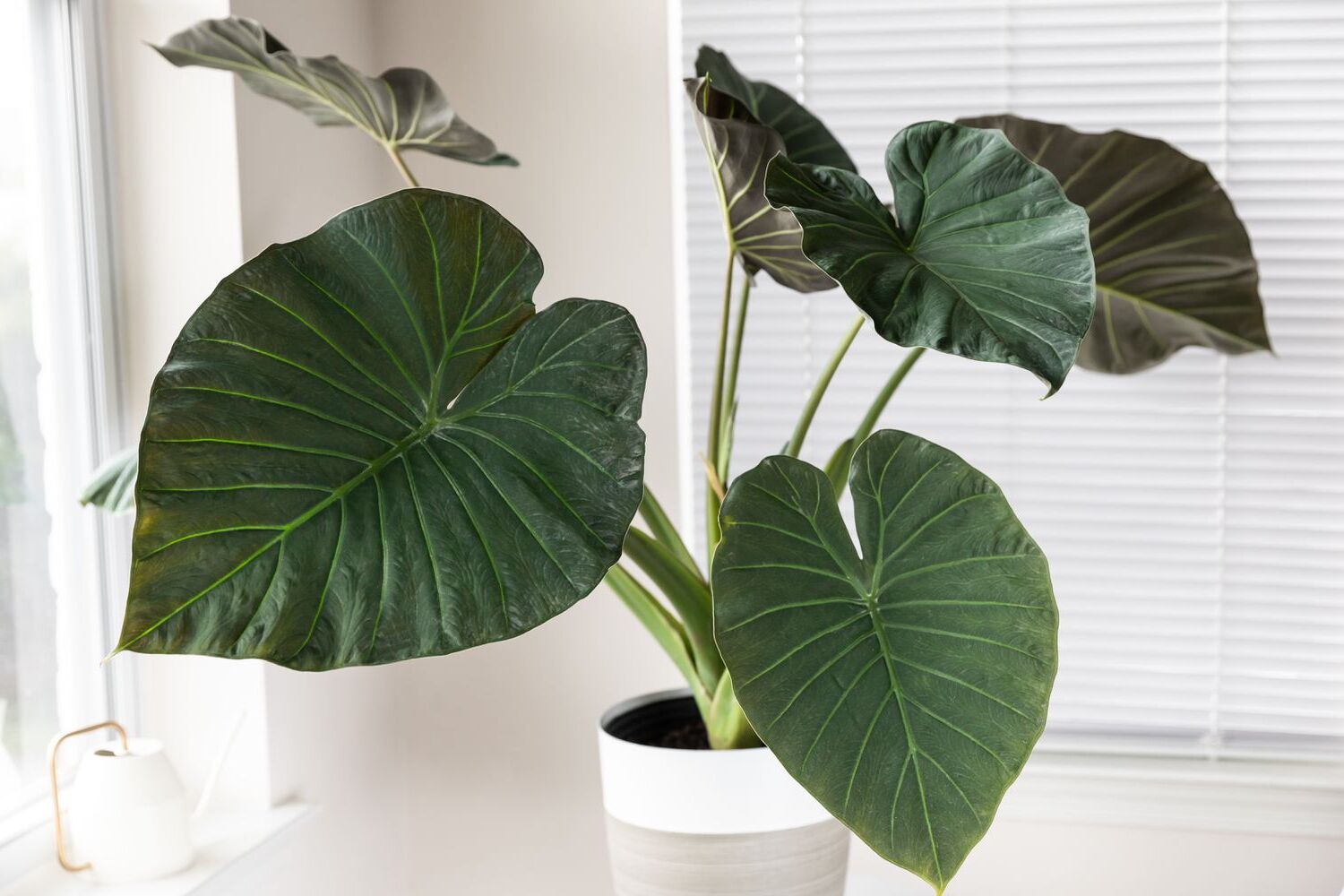
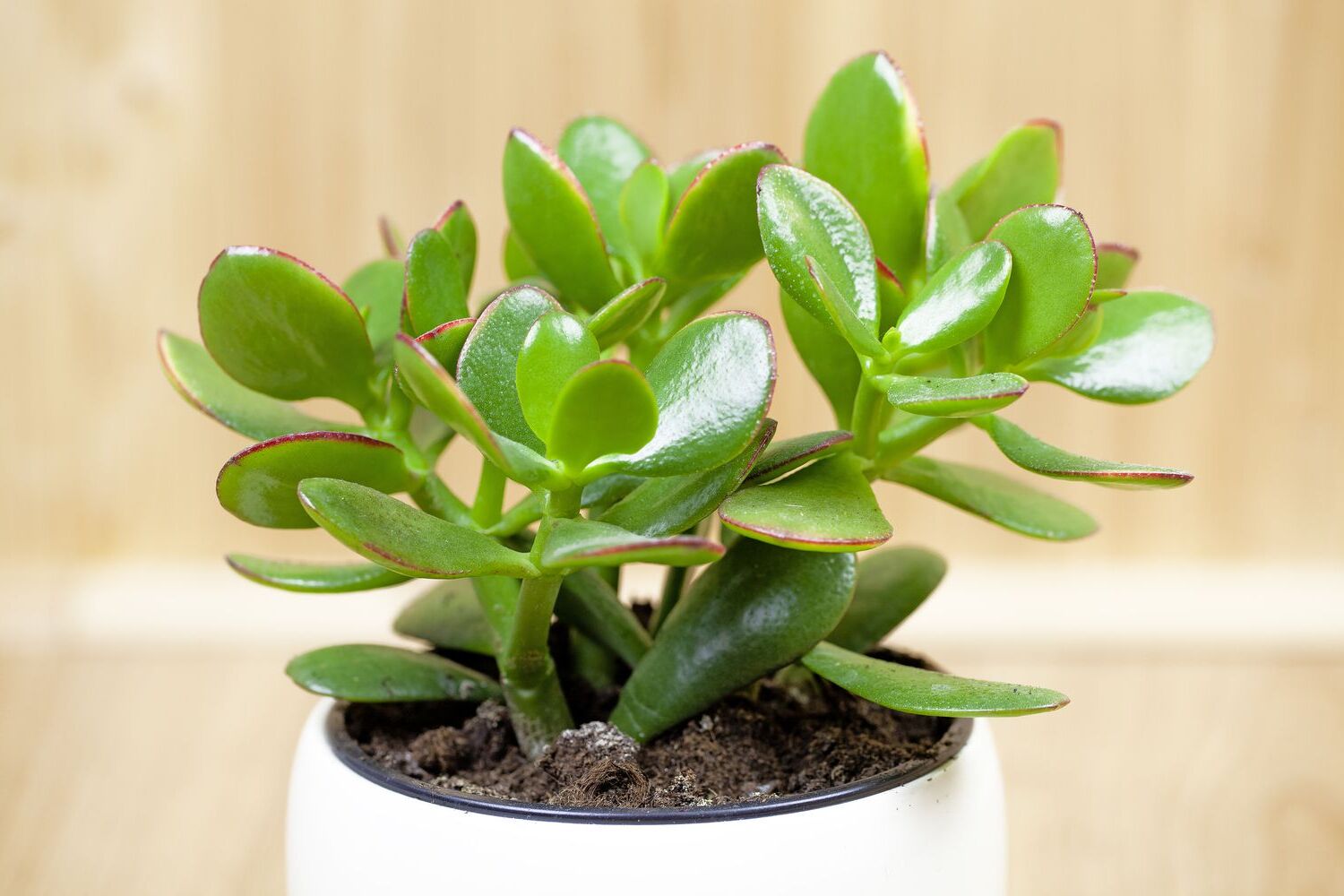
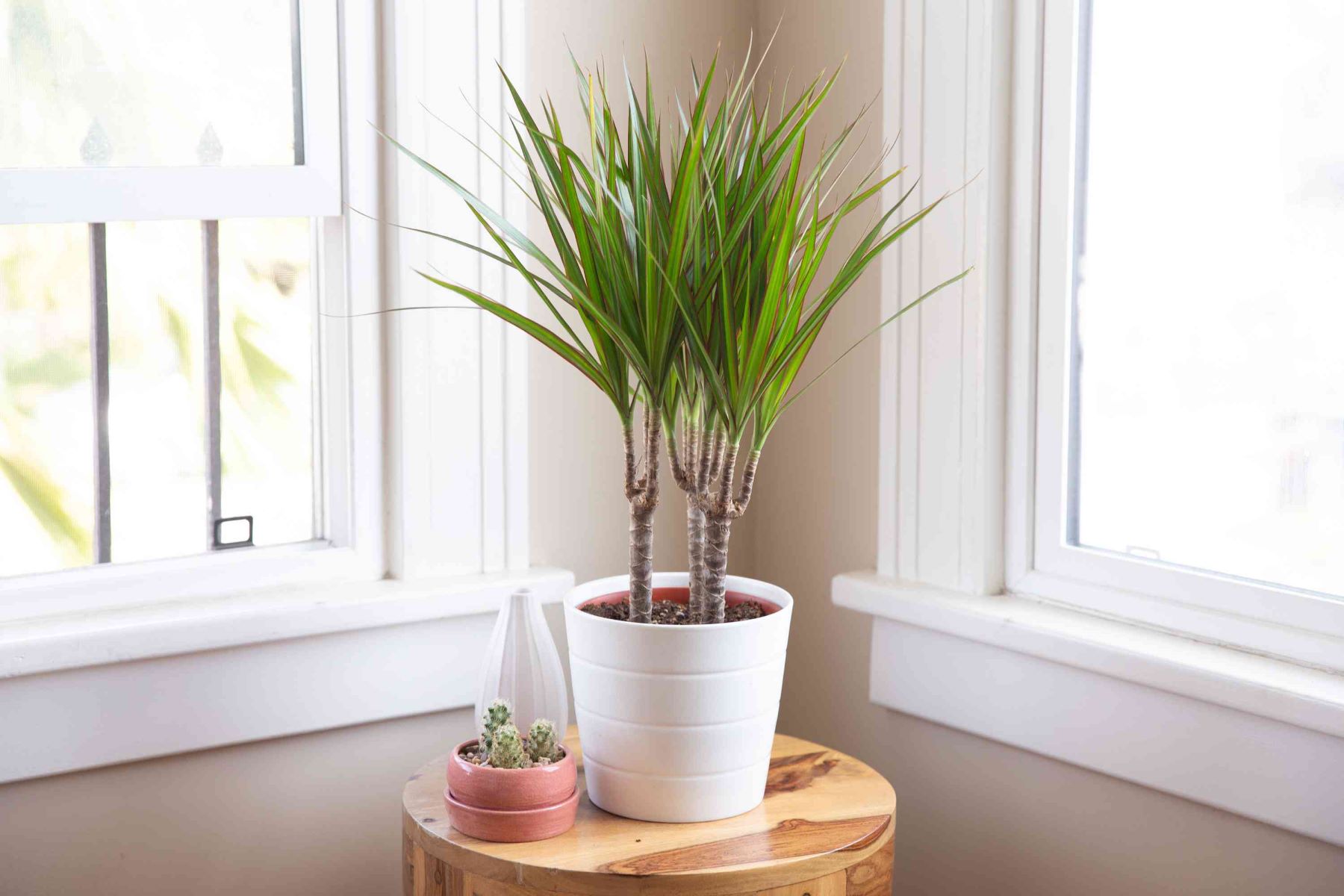

0 thoughts on “Indoor Jade Plant Care: Crassula Ovata Growing Tips”